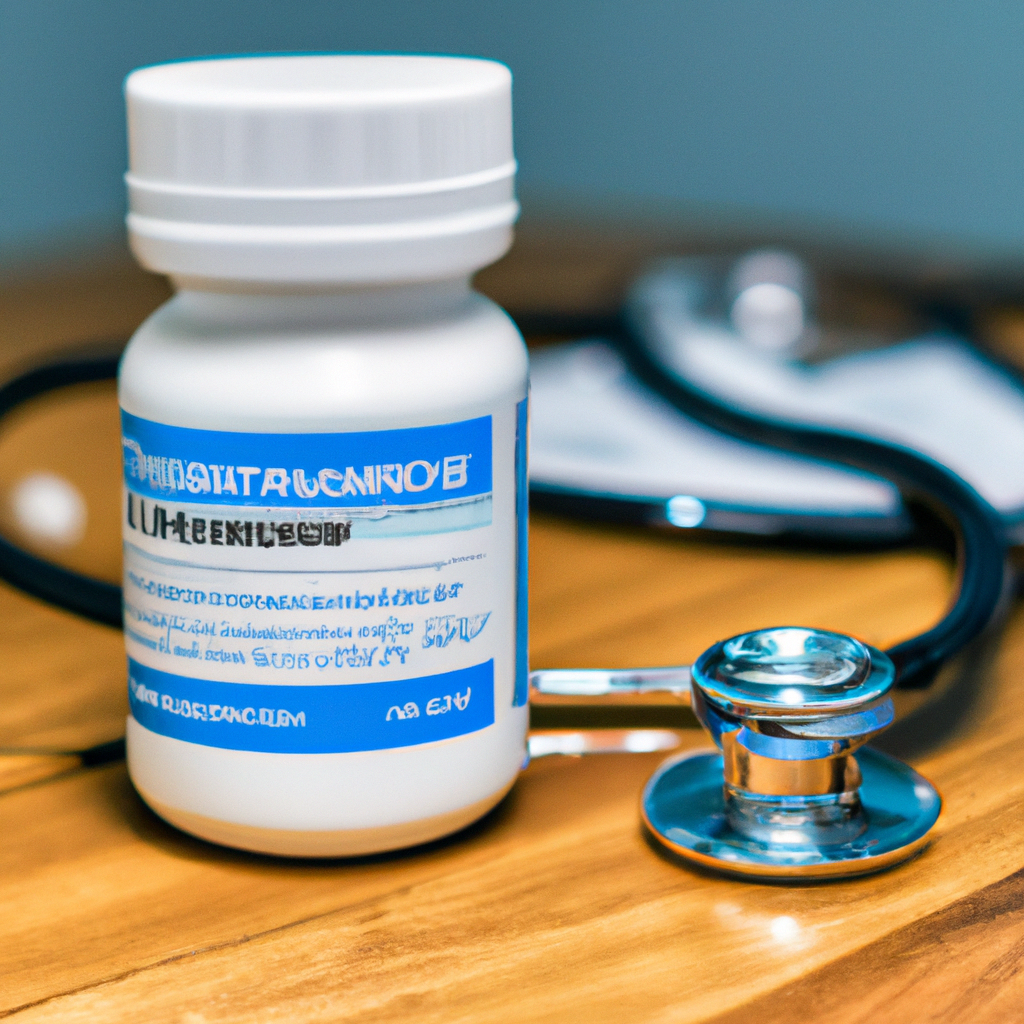A recent study published in the Annals of Internal Medicine reveals that the proportion of individuals without diabetes being prescribed GLP-1 medications is increasing, while new prescriptions for those with diabetes are declining. This trend raises concerns about possible shortages of these treatments.
GLP-1 drugs, which mimic a hormone that helps regulate blood sugar and curb appetite, were originally approved for type 2 diabetes management. However, in 2021, the FDA approved Wegovy, a GLP-1 treatment, specifically for weight loss. Following this approval, both Eli Lilly and Novo Nordisk have faced difficulties in producing enough GLP-1 medications—such as Zepbound, Mounjaro, Wegovy, and Ozempic—to satisfy the growing demand.
Researchers from Cedars-Sinai Medical Center and other institutions reviewed the medical records of 45 million Americans who visited a healthcare provider between 2011 and 2023. They determined that the percentage of new GLP-1 users with type 2 diabetes decreased from approximately 90% in 2019 to over 70% in 2023. Conversely, the rate of new users without diabetes rose from 10% to 25%.
Yee Hui Yeo, co-first author of the study, noted, “This data suggests that more healthcare providers are recognizing the benefits of these medications for obesity treatment, marking a significant public health shift. However, it also raises concerns about potential medication shortages and the need to ensure continued access for diabetes patients.”
The research utilized data from the healthcare software company TriNetX, which may not reflect the national population accurately. Over recent years, GLP-1 drugs have gained popularity for their appetite-suppressing effects, leading to potential weight loss of up to 26%.
The skyrocketing sales of these medications have elevated Eli Lilly and Novo Nordisk to become some of the most valuable pharmaceutical companies in the world. Yet, the high demand has resulted in challenges for many patients in obtaining their prescriptions. Both companies have invested billions to increase their production capacities.
Morgan Stanley analysts project that the global market for GLP-1 drugs will reach $105 billion by 2030, with an estimated 31.5 million people in the U.S.—approximately 9% of the population—expected to use these medications by 2035.
